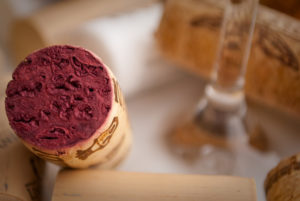
Photo courtesy Flicker user Derek Gavey
Despite technological innovations in wine bottle closure systems, natural cork remains the most used closure in the business. It’s also the closure that most consumers associate with “tradition” in wine. Additionally, as you may have read recently, a newer survey by Wine Opinions found that consumers still overwhelmingly prefer natural cork to all other closure types, and associate wine closed with cork as a “high quality” product.
When asked why consumers overwhelmingly choose cork, Carlos de Jesus, Operational Director of the InterCork program of APCOR, the Portuguese Cork Association, stated that “Cork closures have a long-standing history in the wine industry and have been scientifically and empirically proven to be the most effective sealing system for preserving the sensorial quality and neutrality of wines during the aging process. Going back centuries, the world’s greatest wines have always used cork, and it comes as no surprise that in 2017 cork remains the preferred choice of fine wine producers and connoisseurs alike.”
One of the reasons why there was much innovation in the wine closure market to begin with was the issue of cork taint in wines (what is referred to as “corked wine”). Originally blamed solely on the cork, industry pros quickly tried to find ways to reduce the prevalence of cork taint in wines and at times developed new closure technologies that would avoid the problem all together. Of course, we now know that the compounds that contribute to cork taint can come from sources other than the cork itself, though the cork is still considered the most likely source of the contamination.
